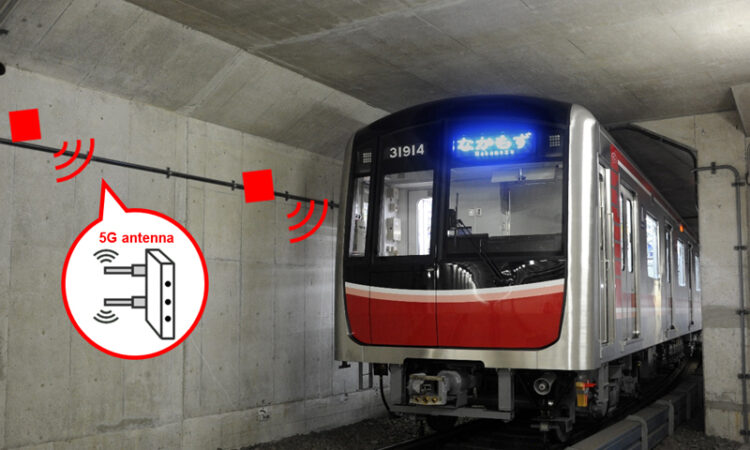Ericsson And KDDI Deploy Sub-terrain Antennas For Japan’s First Underground 5G Base Stations

By Oystein Bergmann, Bureau Chief, Scandinavia
Ericsson (ERIC) was selected by the Japanese communications service provider KDDI as a partner for Japan’s first vault 5G base stations. The company will support KDDI in deploying “manhole-shaped” 5G base stations, supplying sub-terrain antennas. Vault base stations enable service providers and cities to place equipment in existing underground vaults, with fiber and power infrastructure connected to antennas on the ground level. This allows for fast permit process and deployment, while ensuring no visual impact on street environments.
As KDDI announced on March 9, 2023, KDDI is the first communications service provider in Japan to begin operating* vault 5G base stations.
In Japan, many base stations have been installed on steel towers and building rooftops to achieve high-speed and reliable mobile communication over wide areas. However, there have been challenges, such as restrictions on the installation of base stations in scenic areas due to landscape considerations. In July 2021, the Ministry of Internal Affairs and Communications (MIC) enacted a new system of radio wave protection guidelines for vault base stations, making their construction and operation possible in Japan.
The innovative Ericsson solution enables 5G base station antennas to be installed underground, saving space and facilitating the use of existing assets, such as optical fiber and electric power, making it possible to install landscape-friendly vault 5G base stations.
Ericsson’s sub-terrain antennas can deliver robust connectivity in a confined space, like manholes, where fiber and power already exists and where the installation of standard sites is not possible. Being installed underground, the antenna provides optimal radiating characteristics (MIMO) upward in built-up environments while being less susceptible to wind load.
Ericsson’s vault solutions effectively address cities’ needs by enabling the re-use of existing assets and underground space. Compact underground sites can be deployed in streets, squares, shopping areas and whenever site permission for outdoor antennas cannot be obtained in dense urban scenarios.






